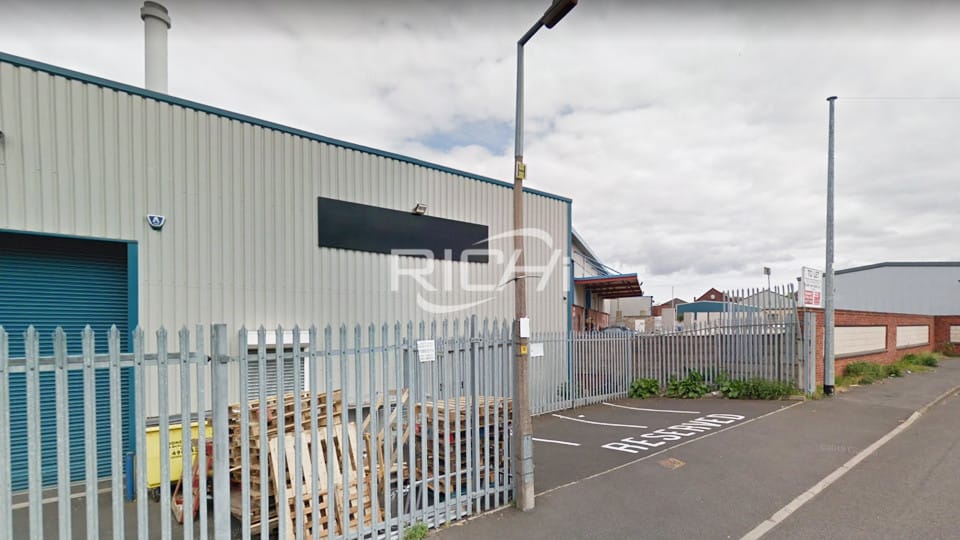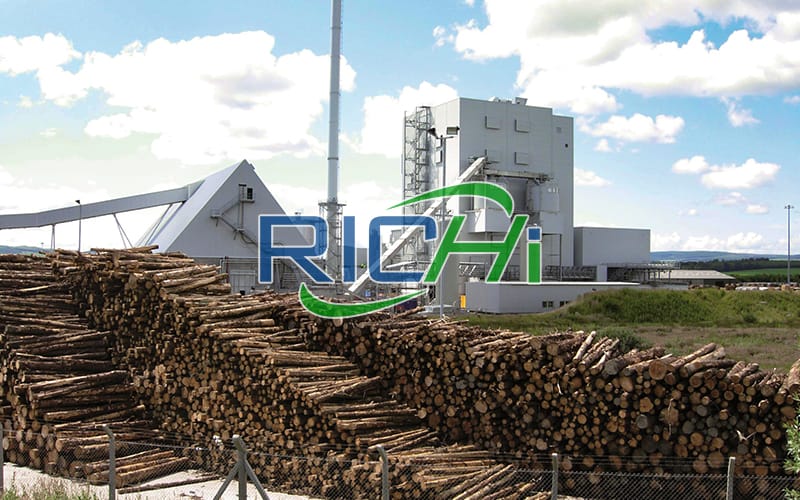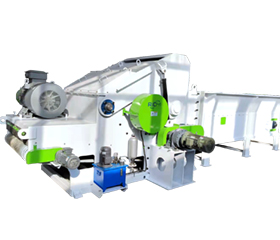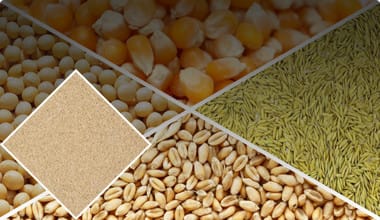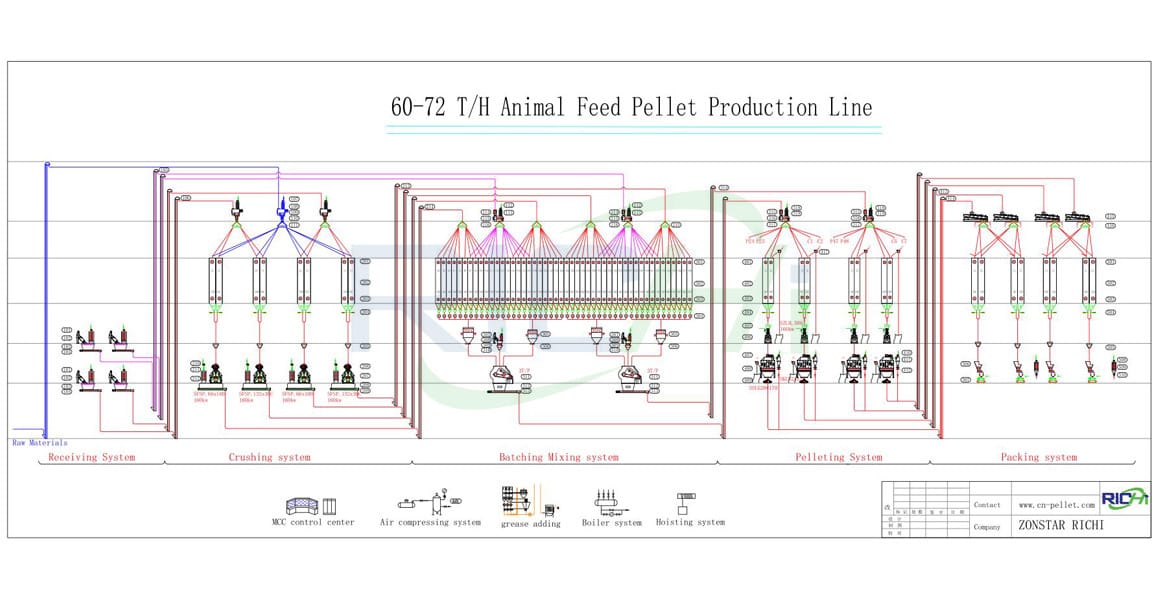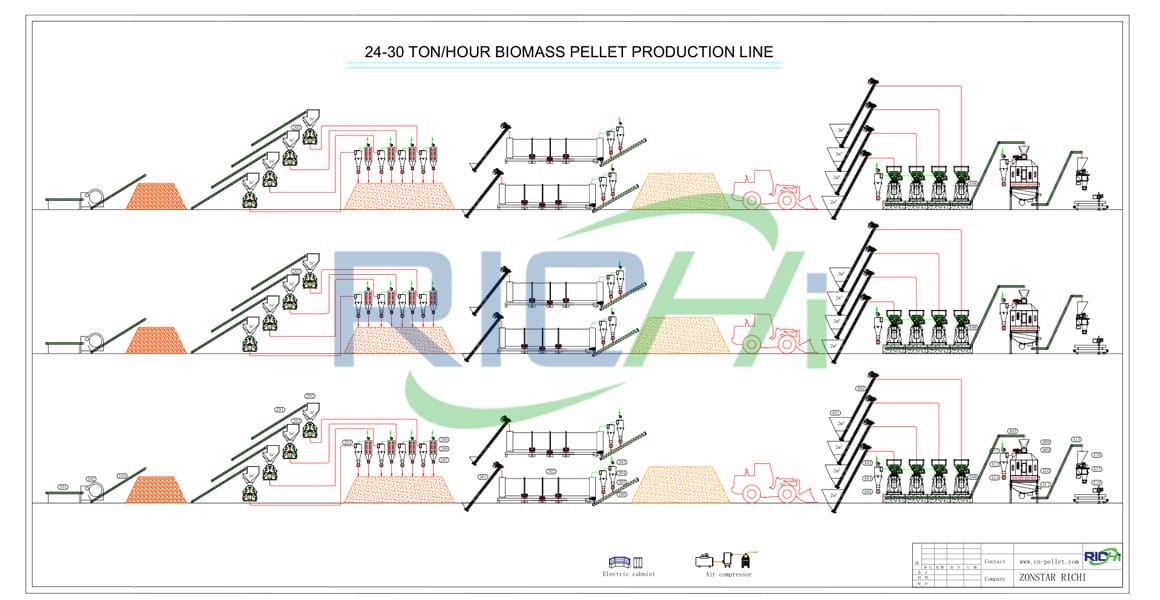Comparison Between Single And Twin Screw Fish Feed Extruder
Today, the aquafeed extrusion process is considered a high-temperature, short-time bioreactor that can transform any number of raw materials into intermediate or finished products that have high consumer appeal.
A significant application of the extrusion process to animal feeds is in the production of aquafeeds. With this application, it not only increases the digestibility of nutrients which can improve the palatability of food but also promotes the stability and stor-ability of the formed feed particles. In some cases, it is desirable or necessary to produce a floating feed to accommodate the feeding habits of the target species. In other cases, extrusion provides a method of agglomerating a variety of ingredients into a sinking food that is water stable and is able to stay in the water column for several hours without disintegrating.
Overall, extrusion equipment used today to process animal feeds generally falls into two categories: Single screw fish feed extruder and twin-screw fish feed extruder.
Single screw extruder is simple, using a rotating belt-way with constant unadjustable spindle speed. It can get good blending through high-speed operation in a short time. Solid conveying, melting, pumping, and mixing occur simultaneously and are interdependent. Nevertheless, it is inefficient and process control is difficult. What's more, the conveying capacity of a single extruder is poor under high pressure, compared to the same power twin-screw extruder, its production is lower. This is because the transfer method is pressure-sensitive, the pressure will produce reflux, thereby the transmission efficiency is reduced. However, the single screw fish feed extruder purchase cost is lower than twin screw extruder.
In order to create a design with greater operating flexibility and with greater operational control, twin screw machines were developed. Twin-screw extruders can be co-rotating, counter-rotating, intermeshing, or non-intermeshing in terms of basic designs. The screw design of twin-screw extruders can dramatically affect operating efficiency and machine capability. Screw components in the feed section of the barrel can be single, double, or even triple flight arrangements. With more flights intertwined on the shaft, the conveying capacity of the screw is reduced but the residence time distribution (RTD) is lower. This promotes a first-in, first-out movement of the extruder. What can be ignored is that the throughput and screw speed of twin-screw extruders are not interdependent.
In general, single screw extruders are more economical to operate than twin-screw extruders, while twin screw extruders are more advanced, more productive, and more extensive use of performance than single screw extruders. There is no doubt that the application of extrusion to the development of feed products will continue and will result in increased usage of the technology in the future of the feed industry.
Hope this article can help you know more about fish feed extruder, if you want to build your own fish feed pellet plant, please contact Richi Machinery.

